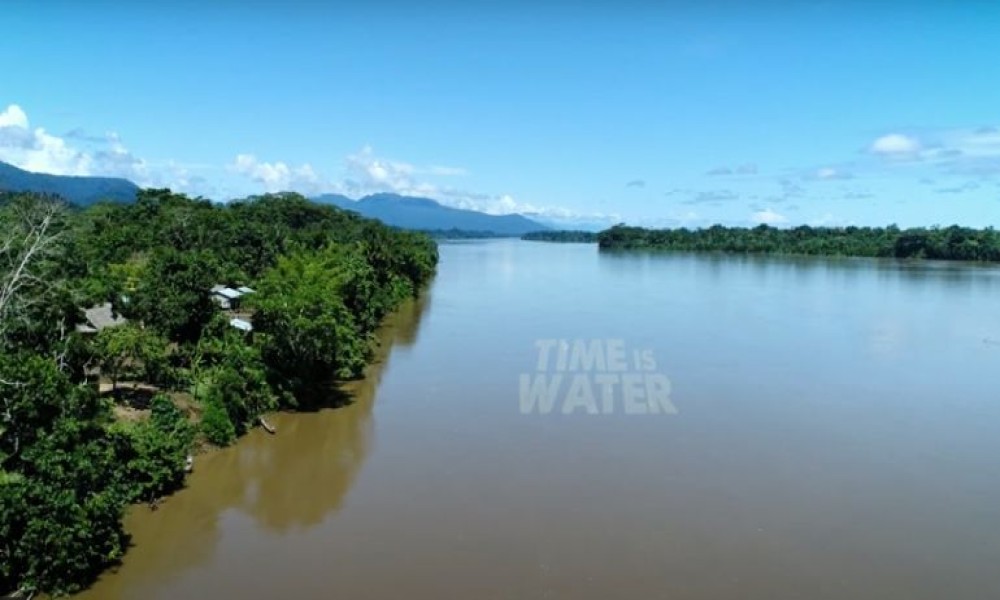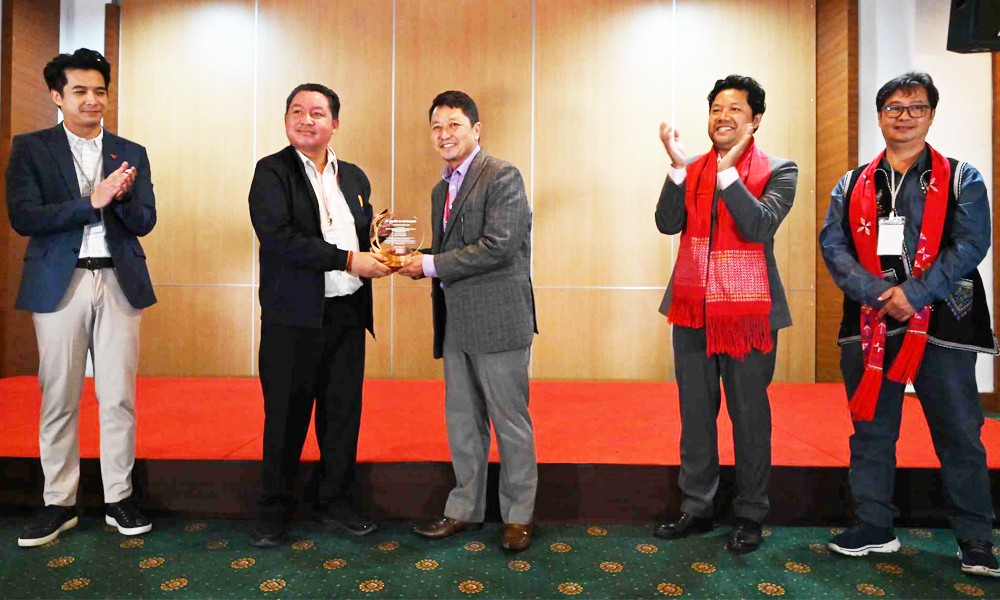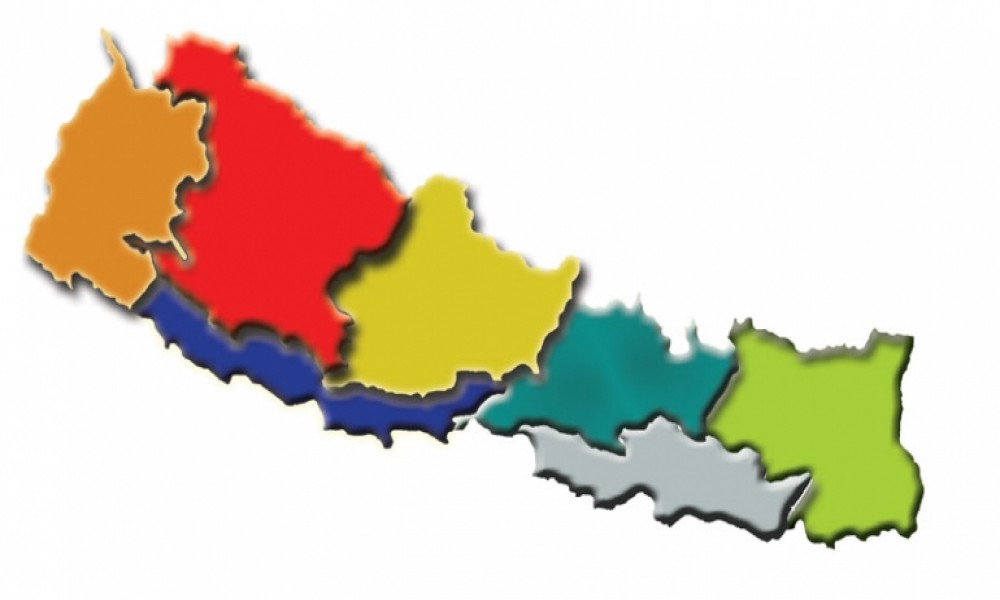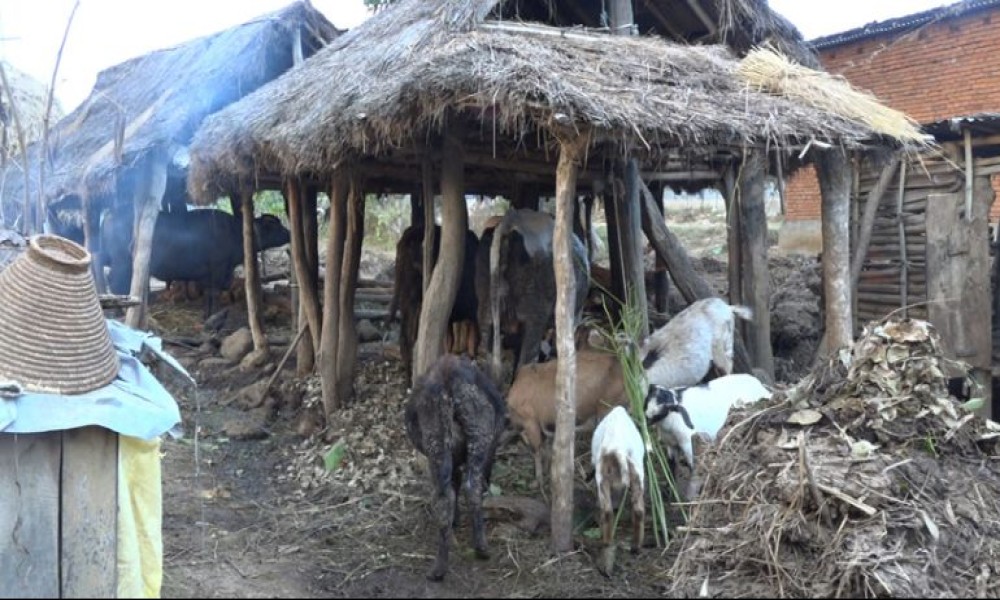Sanjog Lapha Magar
'Time Is Water' is a 13-minute-long documentary that explores the relations between Peru's Indigenous Peoples and water. Jointly produced by IWGIA and Ore Productions, and directed by Fernando Cola, it is a simple yet powerful documentary. But it has failed to get much traction, and remains hidden under the countless videos that are uploaded to YouTube every day.
Indigenous Peoples living in any part of the world have inseparable ties with water, land and forest. Peru is no exception. In this South American nation, Indigenous Peoples have been denied their rights in the Constitution. Yet, they have exercised their rights to self-determination to establish their autonomous government. 'Time Is Water' shows the Peruvian indigenous communities' long struggle for autonomy.
In September 2015, Nepal promulgated its new Constitution that has denied rights to indigenous people. Two months later, in November 2015, Peru's Indigenous Peoples formed their own autonomous territorial government. They have realized their dream to form their own autonomous government despite being denied rights in the Constitution.
In the territory of the Wampis nation, the Peru government has run extractive industries in the name of development. Minerals have been mined. Oil has been extracted. Such exploitation of natural resources has not only affected local indigenous communities' livelihood but also culture. Their crop yield has been impacted. Their knowledge about nature has come under risk.
In the territory of the Wampis nation, the Peru government has run extractive industries in the name of development. Minerals have been mined. Oil has been extracted. Such exploitation of natural resources has not only affected local indigenous communities' livelihood but also culture. Their crop yield has been impacted. Their knowledge about nature has come under risk. They have lost the way to communicate with the departed souls of their ancestors. In order to preserve their indigenous lifestyle, culture and knowledge, the 65 native tribes of the Wampis nation have been fighting in an organized way for the last 40 years. Five years ago, they took a big leap forward by announcing their own territorial autonomous government.
Various anthropological researches have shown that the Peruvian Indigenous Peoples belonging to the Wampis nation have been living their for the last 7,000 years. Their native land is rich in natural resources, so they have had to fight consistently against invaders. In modern times, their native land has been colonized by gold miners, rubber merchants and fur traders.
The Wampis nation has a tiny population of just 15,000 people. But their nation has spread on a vast forested land, where they have preserved clean air and water. After declaring the autonomous government of the Wampis nation, the Peruvian Indigenous Peoples have started a collaborative discussion to write their own Constitution.
The Peru government has threatened to reclaim the territory of the Wampis nation. The Wampis people may not have military might to safeguard their territory, but they have moral power to cling on to what is rightfully theirs. They have asked the world: not just us, but anyone can live without gold, but we cannot survive even for a day without water.
In the Nepali village of Lidi, 39 people were killed in a landslide two months ago. It was not a natural disaster, but it was the consequence of blasting for a hydropower project. However, instead of exploring such important issues, we are still relying on cliché subjects for films and documentaries.
So what is more precious? Gold or water? Even in Nepal, many indigenous people have been displaced from their ancestral land because of the government's flawed policies about water, land and forest. The earthquake and natural disasters have affected indigenous areas. Indigenous people have faced discrimination in relief. Their human rights have been violated by national parks. Some of them have even been murdered in the name of conservation. An entire indigenous civilization of Bungamati is in peril due to the construction of a fast-track highway. Such focus on gold rather than water has driven indigenous people off their land. Nepali indigenous people's struggle can also be a great subject for documentaries like 'Time Is Water'.
Just like how the Wampis people fought not just for them but for the nature, Australia's aboriginal people are protesting the construction of a cable car in the Wellington mountain. They have argued that the cable car construction could destroy their heritage and existence. In the Nepali village of Lidi, 39 people were killed in a landslide two months ago. It was not a natural disaster, but it was the consequence of blasting for a hydropower project. However, instead of exploring such important issues, we are still relying on cliché subjects for films and documentaries.
(This is the unofficial translation of Sajog Lapha Magar's article published in Naya Patrika.)









